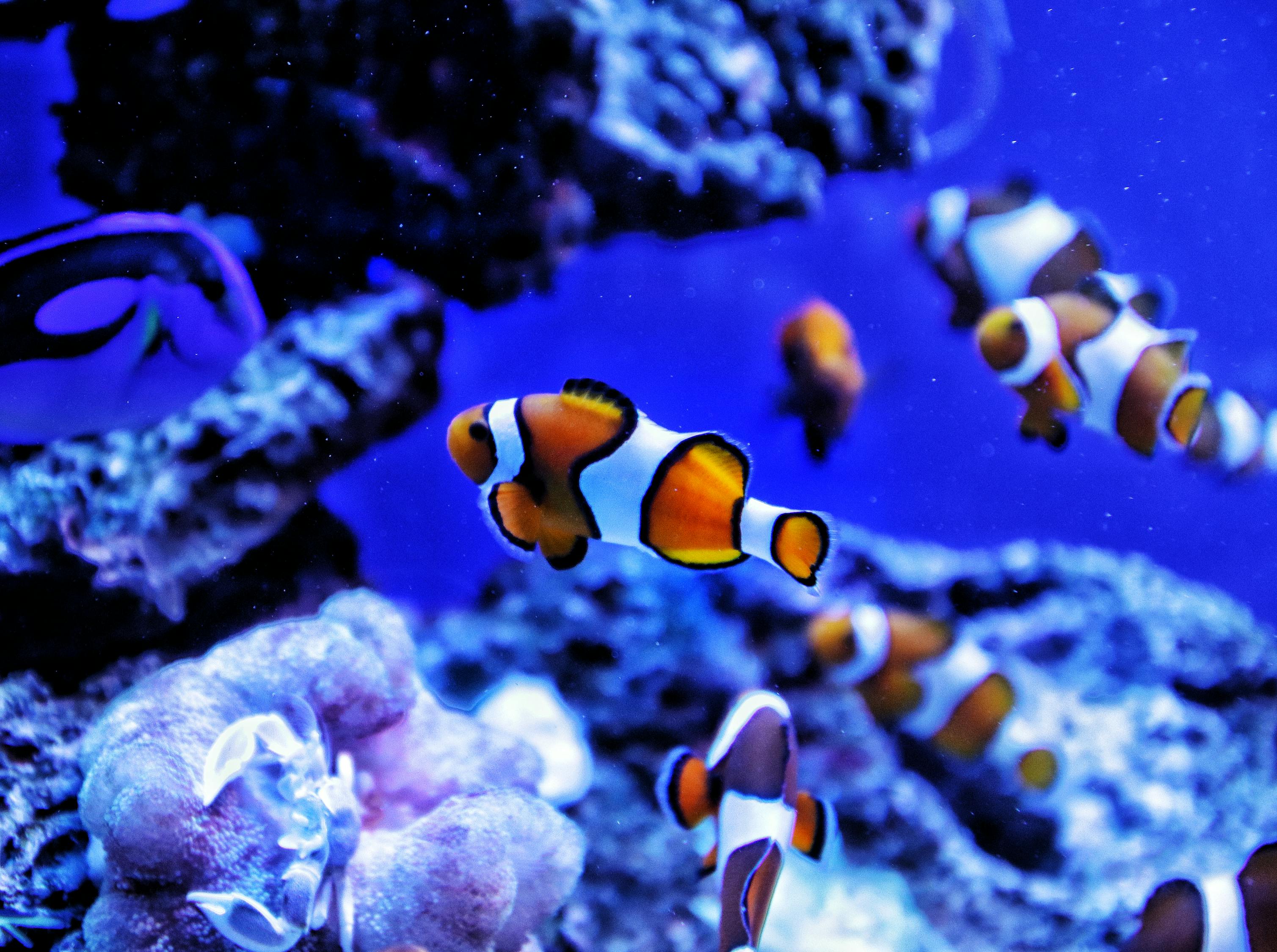Ultraviolet TV for animals - and what it can teach us
Does your dog like watching TV with you? Chances are probably not, because dogs’ eyes see light much faster than human eyes, so the light coming from a television appears to go in slow-motion for them. Nevertheless, Fido still likely makes a good cuddle companion on the couch. But how do other animals see light – specifically light that we humans cannot see? This age-old question is being considered by scientists from the University of Queensland who have just developed a technology making the entertainment industry even more entertaining.
Dr. Samuel Powell from the Queensland Brain Institute's Marshall lab explains that their group of researchers has designed an ultraviolet television with the intention of providing insight into how animals see UV light that humans cannot. With wavelengths shorter than 400 nanometers, UV light is outside our field of vision, but animals like fish, birds and insects depend on their ability to see UV light for navigation, feeding, and recognition, amongst other tasks.
"There are many color patterns in nature that are invisible to us because we cannot detect UV,” says Dr. Karen Cheney from UQ's School of Biological Sciences. "Bees use UV patterns on flowers to locate nectar, for example, and fish can recognize individuals using UV facial patterns.
Dr. Powell explains how their ultraviolet television is different from normal TVs. "Human TVs generally use three colors - red, green and blue - to create images, but our newly-developed displays have five, including violet and ultraviolet. Using this display, it's now possible to show animals simple shapes, to test their ability to tell colors apart, or their perception of motion by moving dot patterns.”
"We affectionately call it the 'UV-TV', but I doubt that anyone would want one in their home! You'd have to wear sunglasses and sunscreen while watching it, and the resolution is quite low - 8 by 12 pixels in a 4 by 5-centimeter area - so don't expect to be watching Netflix in ultraviolet anytime soon,” he chuckles.
So far, the researchers have conducted tests with the UV-TV on anemonefish or clownfish, which are known to have UV-sensitive vision. But before the animals can even watch TV, they must be trained how to pick out and point towards the UV light.
“This very low resolution is enough to show dot patterns to test fish perception, in what's known as an Ishihara test, which would be familiar to anyone who's been tested for color blindness. In this test, humans read a number hidden in a bunch of colored dots, but as animals can't read numbers back to us, they're trained to peck the 'odd dot' out of a field of differently colored dots," notes Powell.
Their findings show that the white stripes on anemonefish also reflect UV, making the researchers hypothesize that the fish may use these as signals to recognize each other. Dr. Cheney also says they could be used to demonstrate dominance within their social group.

The possibilities of the UV-TV are exciting, say the researchers. “Who knows what other discoveries we can now make about how certain animals behave, interact and think,” Dr. Cheney wonders aloud. “This technology is allowing us to understand how animals see the world, helping answer significant questions about animal behavior."
Sources: Methods in Ecology and Evolution, Eureka Alert








